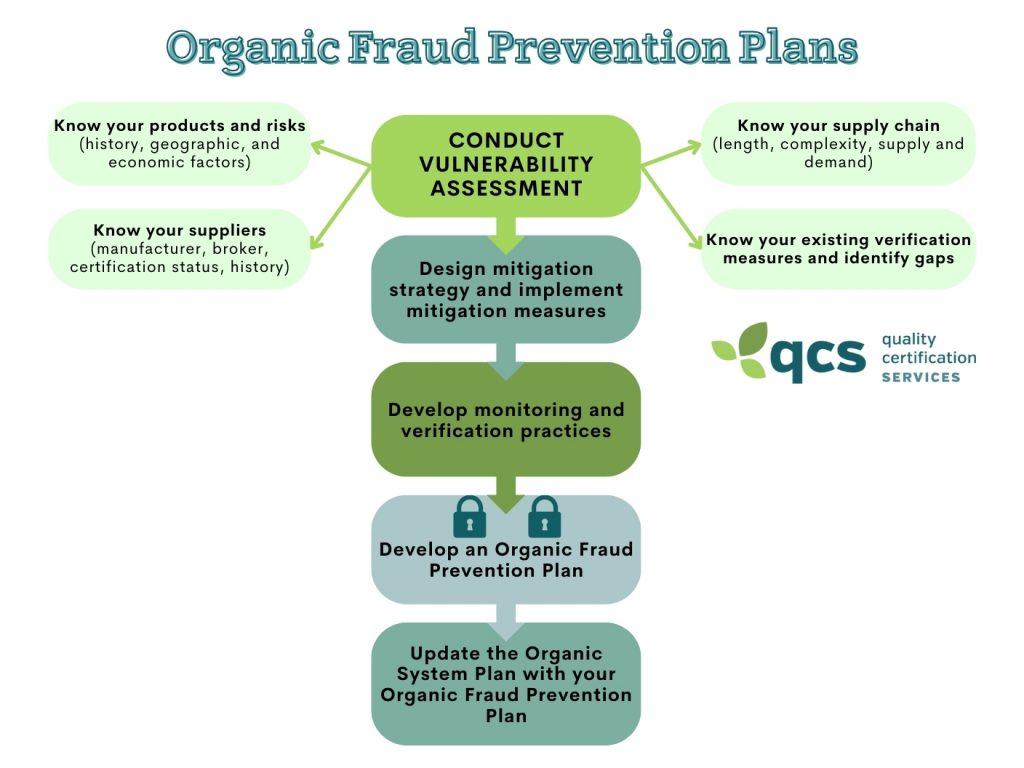In the shadowy corridors of global finance, where fortunes are made and lost in the blink of an eye, the specter of economic recession looms large, casting a chilling pall over the intricate dance of credit risk management. As whispers of downturns ripple through markets, financial institutions find themselves on high alert, recalibrating their strategies to navigate the turbulent waters of uncertainty. In this climate of apprehension, the once steadfast principles of credit risk management are being reexamined and reshaped, as the guardians of fiscal stability brace for potential upheaval. This article delves into the profound impact that the mere fear of recession exerts on the delicate mechanisms of credit risk management, unraveling the strategies, challenges, and innovations that define this critical facet of the financial world. Join us as we explore how institutions are fortifying their defenses against the unknown, ensuring resilience in the face of economic adversity.
Navigating the Storm Understanding Economic Recession Fears in Credit Risk Management
In the intricate world of credit risk management, the specter of an economic recession can cast long shadows over decision-making processes. Financial institutions must adopt a vigilant approach, recalibrating their strategies to navigate these turbulent times. Credit risk managers are tasked with evaluating the potential impact of recession fears on borrowers’ ability to repay, which can lead to tightening of credit policies and more stringent loan approval processes. This proactive stance is crucial in safeguarding financial stability, ensuring that the institutions remain resilient against potential defaults.
- Stress Testing: Conducting rigorous stress tests to assess the resilience of portfolios under various economic scenarios.
- Enhanced Monitoring: Implementing enhanced monitoring systems to track borrowers’ financial health and detect early signs of distress.
- Risk Mitigation Strategies: Developing robust risk mitigation strategies, such as diversifying portfolios and increasing collateral requirements.
These measures, combined with a deep understanding of market dynamics, empower credit risk managers to make informed decisions, ensuring that their institutions can weather the storm of economic uncertainty with confidence and foresight.

Decoding the Impact How Economic Uncertainty Shapes Credit Risk Strategies
In the face of economic uncertainty, financial institutions are compelled to rethink their credit risk strategies with an acute focus on resilience and adaptability. As market volatility becomes the norm, the traditional models of risk assessment are being re-evaluated to incorporate more dynamic and predictive analytics. Advanced data analytics and machine learning algorithms are now pivotal in identifying potential risk factors earlier, enabling proactive adjustments to credit policies. This shift not only enhances the precision of risk predictions but also allows for more tailored credit offerings that can withstand economic fluctuations.
Moreover, the heightened awareness of economic downturns has led to the adoption of several strategic measures by credit risk managers:
- Stress Testing: Regular stress tests are conducted to evaluate the resilience of credit portfolios under various economic scenarios.
- Diversification: Expanding the credit portfolio across different sectors and geographies to mitigate concentration risk.
- Enhanced Monitoring: Implementing real-time monitoring systems to track borrower performance and market conditions continuously.
- Flexible Policies: Developing flexible credit policies that can be quickly adjusted in response to changing economic indicators.
By integrating these strategies, financial institutions aim to fortify their defenses against the unpredictable nature of economic recessions, ensuring both stability and growth in turbulent times.
Strategic Adaptation Enhancing Credit Risk Frameworks Amid Economic Turbulence
In the face of growing economic uncertainty, financial institutions are called to bolster their credit risk frameworks with agile and strategic adaptations. As recession fears loom, the traditional approaches to credit risk management must evolve to incorporate more dynamic and predictive methodologies. Data analytics and machine learning are no longer optional but essential tools in predicting potential defaults and understanding borrower behavior in volatile markets. Institutions are increasingly turning to these technologies to analyze vast datasets, identify patterns, and make informed decisions that mitigate risk while optimizing lending strategies.
Moreover, a proactive approach is crucial. Institutions are advised to:
- Enhance stress testing capabilities to better anticipate and prepare for adverse economic scenarios.
- Refine credit scoring models to reflect current economic realities and borrower profiles.
- Implement real-time monitoring systems for early detection of credit risk indicators.
- Strengthen communication with borrowers to understand their financial health and adjust terms if necessary.
By adopting these strategies, financial institutions can not only navigate the stormy economic waters but also emerge more resilient and competitive.
Proactive Measures Implementing Robust Credit Risk Solutions in Recessionary Times
In the face of looming economic downturns, organizations must adopt a forward-thinking approach to credit risk management. This involves integrating advanced analytics and leveraging data-driven insights to anticipate potential challenges. By employing machine learning algorithms, financial institutions can better predict borrower behavior, identify at-risk accounts, and tailor strategies to mitigate potential losses. Scenario analysis becomes crucial, allowing businesses to simulate various economic conditions and assess their impact on credit portfolios.
Key proactive measures include:
- Enhancing real-time monitoring of credit exposures to quickly identify and respond to emerging risks.
- Implementing dynamic credit scoring models that adjust to changing economic indicators.
- Strengthening collaborative efforts across departments to ensure a holistic view of risk management.
- Investing in employee training to ensure teams are equipped with the latest tools and knowledge.
By embracing these strategies, organizations can not only safeguard their assets but also position themselves to capitalize on opportunities that arise during economic recovery.





